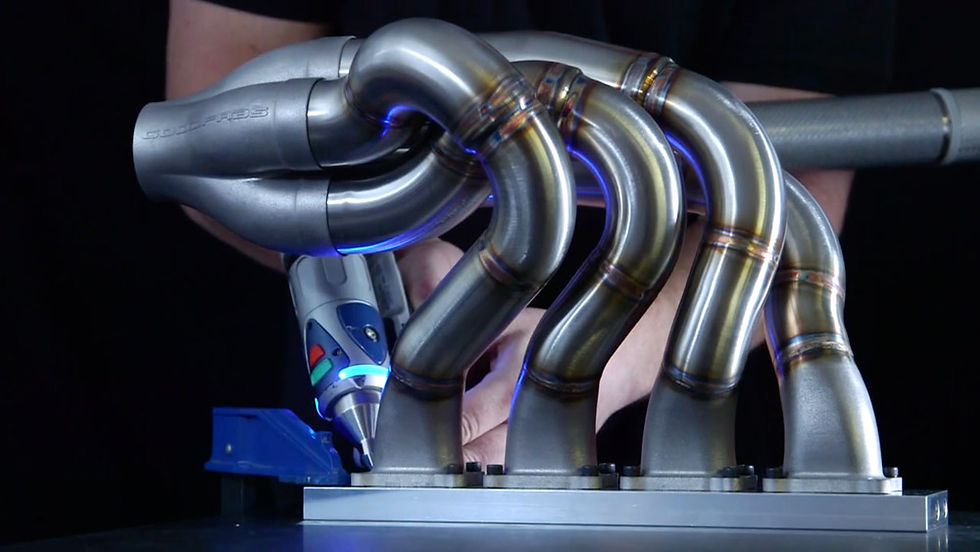Flow through a pipe
- Good Fabrications Ltd
- Mar 8, 2017
- 1 min read
A flow through a pipe has been discussed by many authors.
A brief comparison of the different geometries regardless whether these are made out of inconel or titanium and the effects of the velocity vectors are reviewed.
Flow in constant pipe

When a fluid flows into a pipe, the cross sectional velocity is not uniform. The velocity vectors take a parabolic form. Where the minimum velocity is along the walls and the maximum velocity is present at the centre of the pipe flow. This profile effect is caused by the viscous wall drag created along the walls. The drag decreases with an increasing distance from the walls.
Flow in a diverging pipe

In the diverging pipe, the flow is not as parabolic when the cross-sectional area increases. Because the area is bigger, the velocity decreases gently in the centre and near the walls. The velocity near the viscous drag at the side is so slow that the fuel particles can accumulate with the wall
Flow in a converging pipe

In the converging pipe, the velocities of the flow increase as the flow enters the narrow part of the pipe. This increases the ability to transport the fuel particles. However, the fuel can accumulate against the narrowing region.
Flow in a tapering pipe

Tapering the pipe increases the velocity vectors. If the taper is held constant, there is no sudden narrowing region and the fuel particles are not able to accumulate with the wall. (Heisler, 1995)



